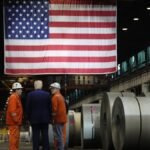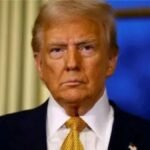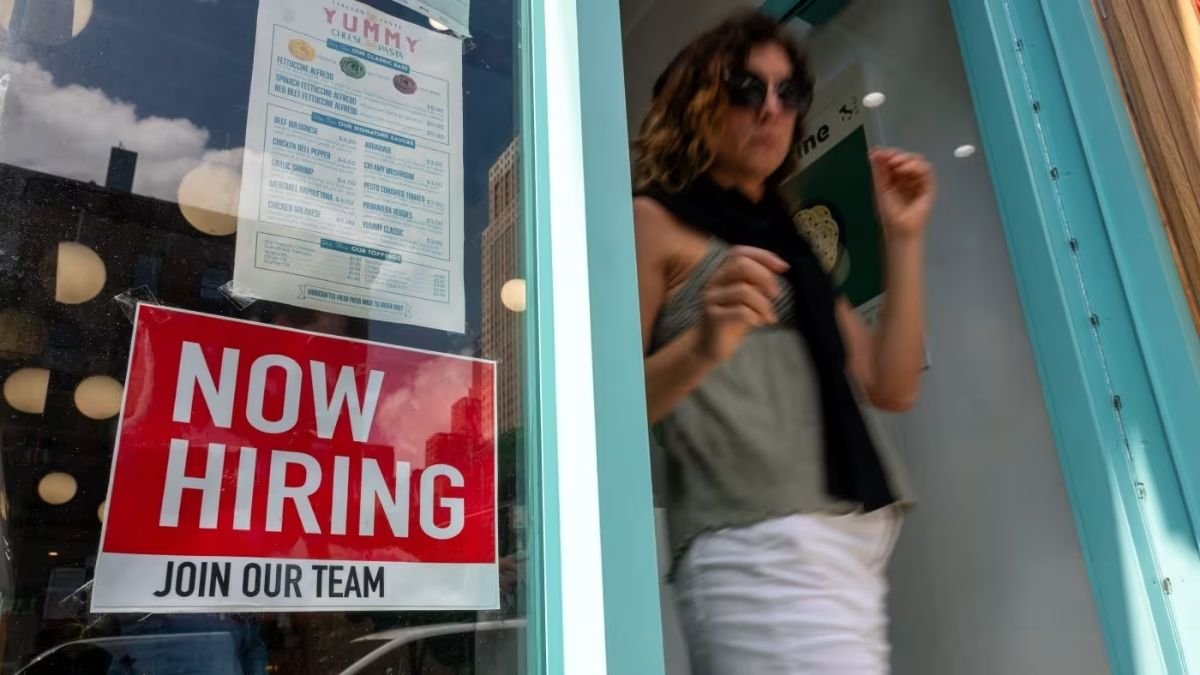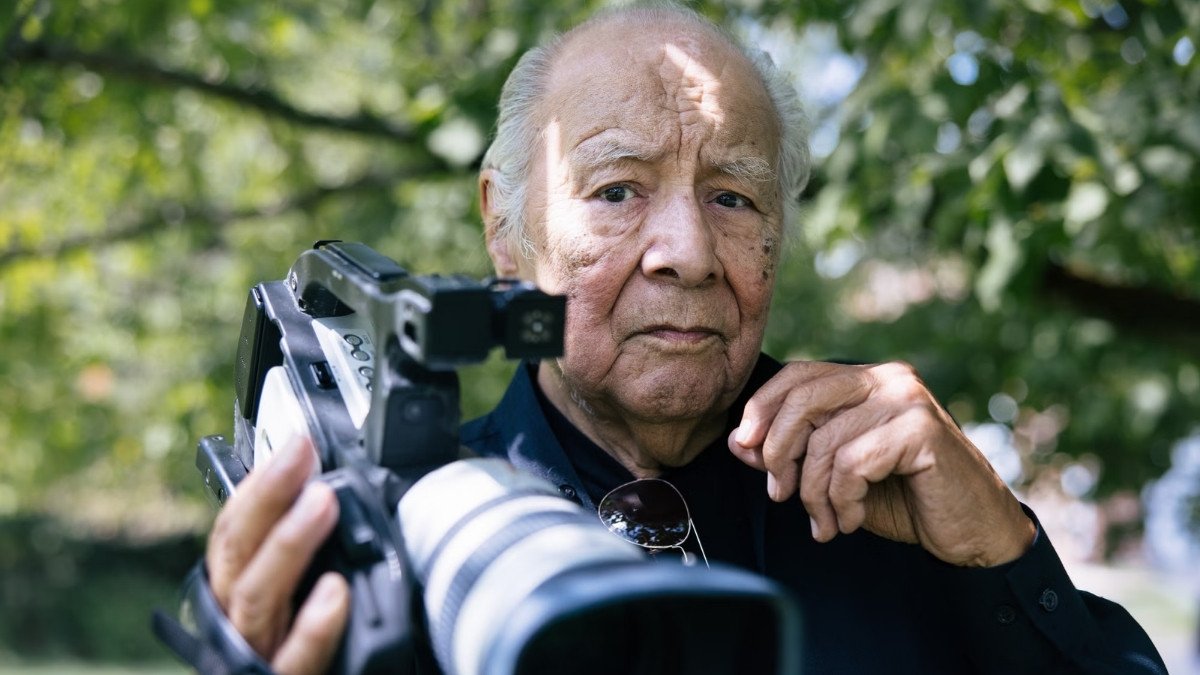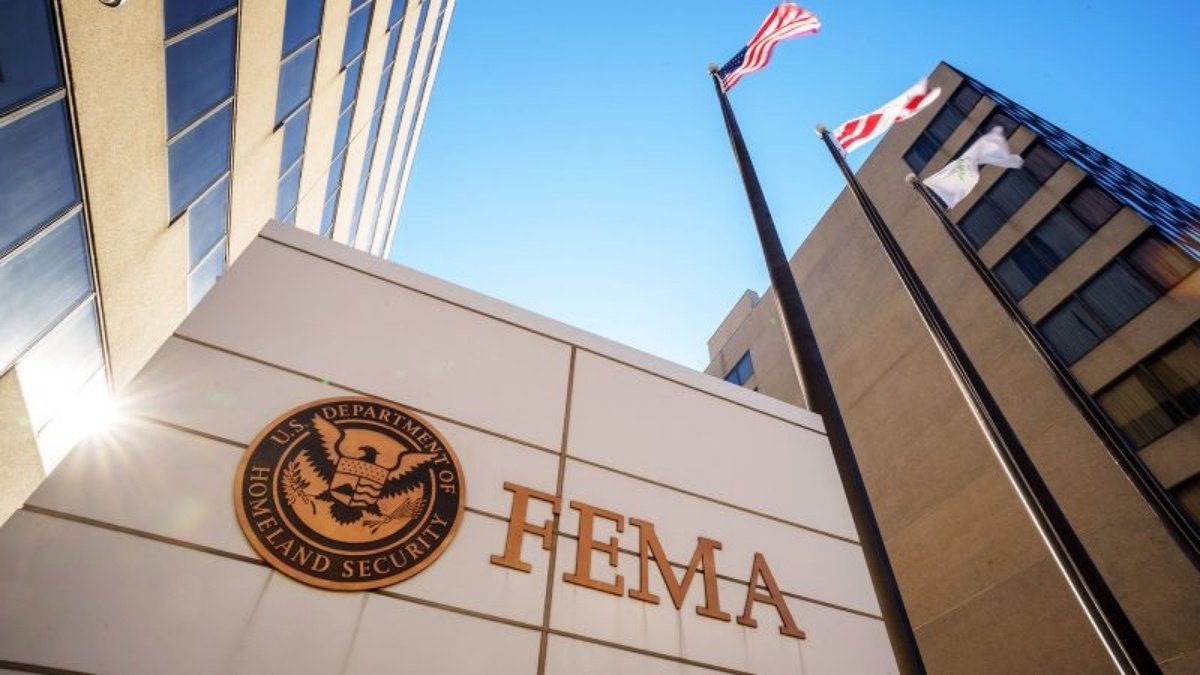Federal Reserve Chair Jerome Powell now faces one of the toughest tests of his tenure. His signal that rates may soon be cut was welcomed by many, but raised political challenges.
For months, President Donald Trump has pressed Powell to dramatically reduce borrowing costs. Powell resisted, warning against premature moves. But in Jackson Hole, Wyoming, he hinted the Fed might cut rates at its next meeting.
That possible shift will be closely watched. Inflation remains high, and any new move could shape whether the Fed can keep its independence in the face of strong White House demands.
Trump has claimed there is “no inflation” and argued lower rates would ease government borrowing costs on the nation’s $37 trillion debt. He wants cuts to near one percent.
Powell, however, pointed to other reasons. He said growth was slowing, with expansion falling to 1.2 percent in the first half of the year. Job demand has also weakened, raising risks of higher unemployment.
He cited concerns that inflation pressures could rise again. Tariffs, he noted, have already pushed costs higher and may continue to do so, limiting the central bank’s ability to move too fast.
The Fed’s benchmark rate stands at 4.3 percent. Trump calls this level too high and shows no patience for a cautious approach. By contrast, Fed officials plan any cuts at a gradual pace.
History shows why this independence matters. Economists widely believe a central bank must act free of political interests, since it often makes unpopular moves like raising rates to protect price stability.
Nineteen officials sit on the central bank’s policy committee. Twelve vote directly on rate changes. One of them, Cleveland Fed President Beth Hammack, stressed her focus. She told the Associated Press she ignores political noise.
“I try to tune out all the other noise,” Hammack said. “I’m focused on delivering good outcomes for the public.” She added inflation had moved away from the Fed’s goals.
Her warning was clear. Prices remain stubborn. “Inflation is too high and trending the wrong way,” she said. That view echoes others inside the central bank worried about loosening too soon.
Powell, in his Wyoming speech, did not directly reference political pressure. Instead, he received a long standing ovation from economists and peers. Observers said his silence was itself a signal of independence.
Adam Posen of the Peterson Institute explained the message. “Not talking about independence was a way to show the Fed was focused on doing its job,” he said.
Yet Trump raised new challenges. He targeted Fed Governor Lisa Cook, threatening to fire her if she refused to step down. A Trump appointee accused her of fraud involving past property sales.
Cook, however, did not bow to the demand. She said she would not be bullied into leaving her role. She declined direct comment on Trump’s latest threats against her position.
If Cook is removed, Trump would gain another opportunity to place an ally on the Fed’s board. He already nominated Stephen Miran, a White House economist, to fill another open seat.
Trump has hinted at firing Powell before but has not acted. Powell, whom Trump appointed in 2017, has less than one year left in his leadership term as chair of the central bank.
Michael Strain, of the American Enterprise Institute, noted Trump’s history with Powell. Trump had complained bitterly in 2018 when Powell raised rates to cool inflation. Despite that, Powell did not step back.
“The president has applied pressure many times before,” Strain said. “Chairman Powell has resisted every time. It would be surprising if he gave in now, so close to the end of his term.”
Strain argued Powell may be more worried than necessary about the economy weakening. If inflation rises while hiring holds firm, Strain said, the Fed could face pressure to hike again next year.
That risk would carry its own costs. A reversal could damage trust in the Fed’s ability to keep inflation steady over time, the very credibility Powell is trying to secure.
[inline_related_posts title=”RECOMMENDED” title_align=”left” style=”list” number=”2″ align=”none” ids=”” by=”primary_cat” orderby=”rand” order=”DESC” hide_thumb=”no” thumb_right=”no” views=”no” date=”yes” grid_columns=”2″ post_type=”” tax=””]
So as the September meeting approaches, Powell must steer carefully. Any rate cut may look too close to political demands, yet waiting risks letting growth slow and unemployment rise.
For Powell, the dilemma is as much about trust as economics. The balancing act will test whether the Fed can keep its independence while guiding the economy through the months ahead.








